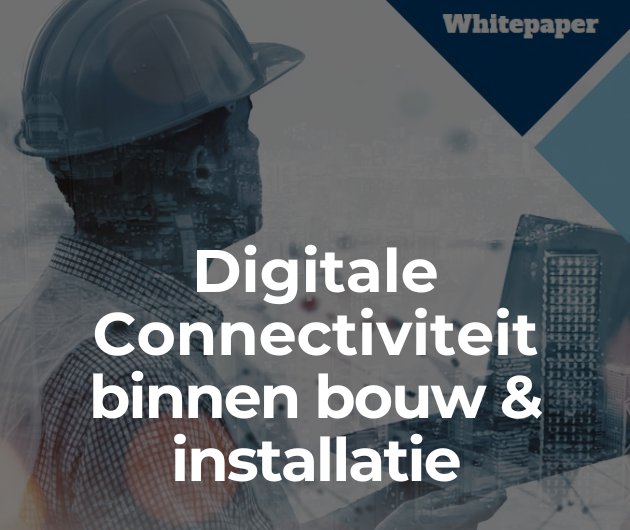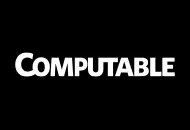Since launching its first Web site in 1996, KLM's sites have evolved from information platforms to interactive online sales channels that target consumers in more than sixty countries. With a main objective of promoting online bookings, KLM continuously improves its sites by providing user-friendly design and global brand consistency with a controlled degree of local tailoring.
Challenges: online bookings
In the 90s airlines provided consumers with Web sites that only gave information about their services. By 2000 however, transactional sites were about to boom. The key drivers behind this trend were customers' desire for online bookings and the cost savings that result from customers selfservice.
Thus air carriers had to enhance their online offerings to properly serve their customers. In response to these new trends KLM re-defined its online vision; to ensure a superior customer experience and significantly increase bookings while lowering distribution costs.
Today, KLM focuses on servicing all customer segments via online sales channels in the most efficient and effective way. Key to this strategy was to find a proven solution to facilitate efficient marketing and sales activities across all channels.
Benefits: servicing customers
KLM has always been at the forefront of innovative customer service activities and, as one of SDL Tridion's earliest customers, recognized the benefits of content management before its competitors. KLM chose the SDL Tridion solution as the platform for their online presence as it enabled consistent branding across a complex network of Web sites that also address local customer needs.
"We are constantly looking for ways to manage our online sales channels in the most cost-effective way," says Bart Vos, Vice President e-business at KLM. "Content management is one of the major cost drivers. Centrally, we only need to create and manage a few "BluePrint" sites – one for each of our six standard languages – and then replicate that information across all relevant sites. In countries where several languages are spoken, SDL Tridion BluePrint technology handles the conversion with ease."
KLM also uses SDL Tridion for all its online interactive marketing campaigns, such as the Flying Dutchman loyalty program, as well as for sales promotions, such as the Travel Match online game. The content is managed by SDL Tridion R5 and has enabled KLM to quickly roll them out to several countries. KLM also creates email newsletters to induce sales of special online offers and keep its customer base informed. To show the value of the newsletters to potential new subscribers, KLM also reuses its newsletters on its Web sites.
Proof: better results online
SDL Tridion plays a key role in helping KLM to capitalize on the revenue potential of online sales channels and make a success of online marketing campaigns. It enables KLM to manage a complex hierarchy of channels at a low cost per channel and a very high speed.
"By using SDL Tridion R5 our international online marketing and sales have become much more efficient," says Alexander Mul, e-marketing Director at KLM. "Now we roll-out marketing campaigns and sales promotions to more than sixty countries – in the local language – in just a few days. We only need to develop our campaigns and promotions once, which is a huge benefit, as it saves us time and money."
"Central content management, while allowing a controlled degree of localization, results in huge cost reductions," says Janneke Gokemeijer, Manager Content and Usability at KLM.
SDL Tridion R5's open architecture allows easy integration with KLM's CRM system."Overall, KLM's experience of implementing SDL Tridion is that the cost per online sales channel remains low even while the complexity and size of the hierarchy continues to grow," continues Janneke.
KLM is well aware of the innovative ways to manage content and branding elements and deliver them to other channels like wireless devices, print and ticketing kiosks.



